Home>Articles>How To Use An Electric Pressure Cooker As A Slow Cooker
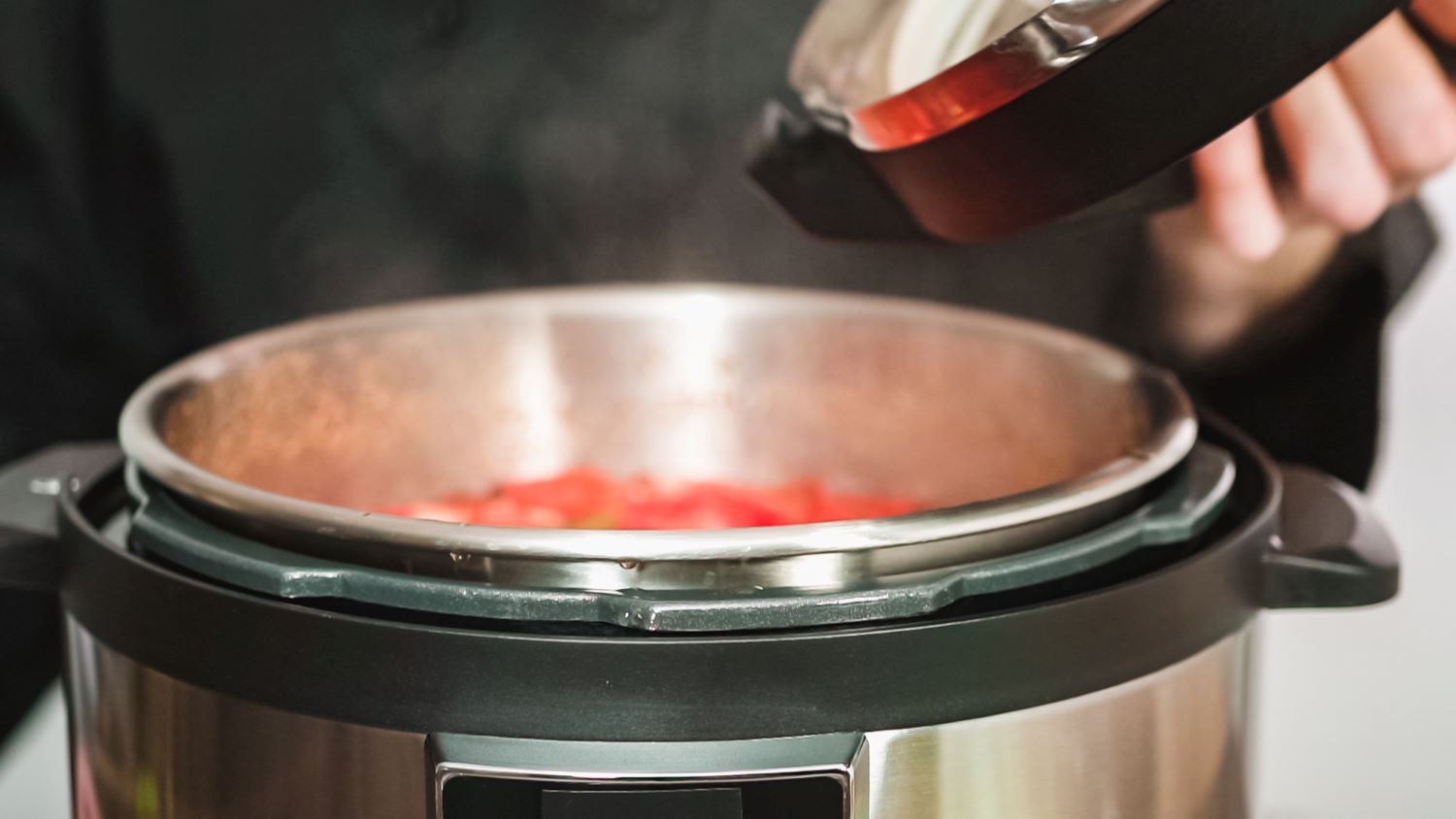

Articles
How To Use An Electric Pressure Cooker As A Slow Cooker
Modified: January 5, 2024
Learn how to use an electric pressure cooker as a slow cooker with these helpful articles. Discover versatile cooking techniques and delicious recipes to try.
(Many of the links in this article redirect to a specific reviewed product. Your purchase of these products through affiliate links helps to generate commission for Storables.com, at no extra cost. Learn more)
Introduction
Welcome to the world of versatility and convenience in cooking! In recent years, electric pressure cookers have gained immense popularity due to their ability to cook meals quickly and effortlessly. But did you know that an electric pressure cooker can also be used as a slow cooker? That’s right – it’s a multi-functional kitchen appliance that allows you to switch between pressure cooking and slow cooking with ease.
In this article, we will explore the ins and outs of using an electric pressure cooker as a slow cooker. We will delve into the benefits of utilizing this feature, as well as provide tips and guidelines for getting the best results. Whether you’re a novice in the kitchen or an experienced home cook, this guide will help you make the most of your electric pressure cooker as a slow cooker.
Before we dive into the details, let’s take a moment to understand what an electric pressure cooker is. Unlike traditional stovetop pressure cookers, electric pressure cookers are standalone appliances that utilize electricity to heat and cook food under pressure. They feature a sealed lid, a pressure release valve, and various cooking modes to suit different recipes.
The beauty of using an electric pressure cooker as a slow cooker lies in its ability to maintain a constant low temperature for an extended period. Slow cooking is a gentle cooking method that allows flavors to develop and ingredients to become tender over time. With an electric pressure cooker, you can achieve the same results as a dedicated slow cooker, but with the added convenience of a single appliance.
So, why should you consider using your electric pressure cooker as a slow cooker? Let’s explore some of the advantages.
Key Takeaways:
- Electric pressure cookers offer the convenience of both pressure cooking and slow cooking, saving time and energy while producing tender, flavorful dishes. Understanding the adjustments and safety considerations can elevate your culinary experience.
- Proper preparation, cleaning, and maintenance are essential for using an electric pressure cooker as a slow cooker. Adhering to safety guidelines ensures confident and safe usage, making it a valuable addition to any kitchen.
Read more: How To Use An Electric Pressure Cooker
Understanding Electric Pressure Cookers
Before we delve into using an electric pressure cooker as a slow cooker, it’s essential to have a solid understanding of how these appliances work. Electric pressure cookers are designed to cook food quickly and efficiently by utilizing high pressure and steam. They have airtight seals and safety mechanisms to ensure safe and controlled cooking.
When you cook with an electric pressure cooker, you add your ingredients along with a small amount of liquid, such as water or broth, to the inner pot. The pot is then sealed with the lid, and when you turn on the cooker, it generates heat and builds up pressure inside. As the pressure increases, the boiling point of the liquid rises, allowing the food to cook at a higher temperature than traditional cooking methods.
The high pressure forces moisture and flavors into the food, resulting in faster cooking times and enhanced flavors. Electric pressure cookers also offer a range of cooking modes and settings, allowing you to sauté, steam, slow cook, and more.
One of the key features of an electric pressure cooker is its ability to regulate and control the pressure and temperature during cooking. This ensures that the food is cooked thoroughly and evenly. Additionally, most modern electric pressure cookers come with a digital control panel that allows you to set cooking times and monitor the progress of your meal.
When it comes to using an electric pressure cooker as a slow cooker, you have the option to select a dedicated “slow cook” mode or simply adjust the pressure and cooking time to achieve the desired slow cooking results. It’s important to note that the cooking time and temperature may differ slightly from a traditional slow cooker, but the end result will still be tender and flavorful.
Now that we have a basic understanding of how electric pressure cookers work, let’s explore the advantages of using them as slow cookers.
Advantages of Using an Electric Pressure Cooker as a Slow Cooker
Using an electric pressure cooker as a slow cooker offers a range of advantages that make it a valuable addition to your kitchen. Here are some of the benefits:
- Time-Saving: One of the primary advantages of using an electric pressure cooker as a slow cooker is the time-saving aspect. Unlike traditional slow cookers that can take hours to cook a meal, an electric pressure cooker can achieve similar results in a fraction of the time. By combining pressure cooking and slow cooking functions, you can enjoy the convenience of multitasking and preparing meals in a shorter amount of time.
- Versatility: Electric pressure cookers are known for their versatility, and this holds true when using them as slow cookers. These appliances offer a wide range of cooking modes and settings, allowing you to experiment with different recipes and cooking methods. Whether you’re slow cooking a hearty stew, braising meat, or even making yogurt, an electric pressure cooker can handle it all.
- Flavorful Results: Slow cooking allows flavors to develop over time, resulting in rich and deeply flavored dishes. An electric pressure cooker as a slow cooker ensures that the ingredients are tenderized and infused with flavors, just like a traditional slow cooker. The pressure cooking feature in these appliances also helps to intensify flavors and retain the natural juices, resulting in incredibly delicious meals.
- Energy-Efficient: Compared to using a stovetop slow cooker, an electric pressure cooker is more energy-efficient. These appliances are designed to cook food quickly and require less energy than traditional cooking methods. By utilizing the slow cooking feature in your electric pressure cooker, you can enjoy the benefits of slow cooking while saving on electricity costs.
- Convenience: Electric pressure cookers offer unparalleled convenience in the kitchen. As a slow cooker, they eliminate the need for multiple appliances, freeing up valuable counter space. The programmable features allow you to set cooking times and walk away, knowing that your meal will be cooked to perfection. Additionally, many electric pressure cookers have a “keep warm” function that automatically kicks in after the cooking cycle is complete, ensuring your meal stays warm until you’re ready to serve.
Now that we’ve explored the advantages of using an electric pressure cooker as a slow cooker, let’s move on to the practical steps of preparing your appliance for slow cooking.
Preparing Your Electric Pressure Cooker for Slow Cooking
Before you start using your electric pressure cooker as a slow cooker, there are a few steps you should follow to ensure optimal cooking results. Here’s how to prepare your appliance for slow cooking:
- Clean and inspect the inner pot: Start by cleaning the inner pot of your electric pressure cooker thoroughly. Remove any leftover food residue or stains and rinse it with warm water. Inspect the pot and ensure there are no damages or scratches that could affect the cooking process.
- Attach the appropriate lid: Depending on your electric pressure cooker model, it may come with a separate lid suitable for slow cooking. Make sure to attach the correct lid that allows steam to escape and maintain a low temperature. If you’re using the regular pressure cooking lid, ensure that the pressure release valve is in the open position.
- Choose the proper cooking mode: Most electric pressure cookers have a dedicated “slow cook” mode, but if yours doesn’t, don’t worry. You can still achieve slow cooking results by selecting the appropriate pressure level and cooking time. Refer to your appliance’s manual for the recommended settings for slow cooking.
- Add ingredients and liquid: Similar to using a traditional slow cooker, add your ingredients and the necessary liquid to the inner pot of your electric pressure cooker. It’s important not to overfill the pot, as the ingredients need space to cook properly.
- Set the time and temperature: If your electric pressure cooker has a digital control panel, set the cooking time and temperature accordingly for your slow cooking recipe. If you’re using the manual pressure cooking mode, adjust the pressure level and cooking time to achieve the desired slow cooking results.
- Start the slow cooking process: Once you’ve set the time, temperature, and adjusted the appropriate settings, start the slow cooking process by pressing the start button on your electric pressure cooker. Sit back and let the appliance work its magic.
- Monitor the cooking progress: While slow cooking, you can periodically check on the progress of your meal. However, remember that each time you open the lid, you’re releasing heat and extending the cooking time.
- Adjust seasoning if needed: Towards the end of the slow cooking process, taste your dish and adjust the seasoning if necessary. Slow cooking helps flavors meld together, but sometimes a little extra salt or other spices may be needed to enhance the taste.
By following these steps, you’ll be able to prepare your electric pressure cooker for slow cooking and achieve delicious results. In the next section, we’ll discuss how to adjust cooking times and temperatures for slow cooking in an electric pressure cooker.
Adjusting Cooking Times and Temperatures for Slow Cooking
When using an electric pressure cooker as a slow cooker, it’s important to make adjustments to the cooking times and temperatures to ensure the best results. While the cooking process may vary depending on the specific model of your electric pressure cooker, here are some general guidelines to follow:
1. Decrease the Cooking Time: Slow cooking requires more time compared to pressure cooking. Reduce the cooking time specified in your recipe by about 25-30% when using your electric pressure cooker as a slow cooker. This will allow for the same tenderness and flavor development that you would achieve with a traditional slow cooker.
2. Lower the Temperature: Slow cooking is all about low and slow heat. Adjust the temperature setting of your electric pressure cooker to a lower setting, usually around 180-200°F (82-93°C), or select the dedicated “slow cook” mode, if available.
3. Consider the Size and Texture of Ingredients: If you’re slow cooking large cuts of meat or dense vegetables, such as potatoes or root vegetables, you may need to increase the cooking time slightly. These ingredients take longer to become tender, so factor that into your cooking plan.
4. Adjust Liquid Levels: Slow cooking requires enough liquid to keep the food moist and prevent it from drying out. Consider adding a bit more liquid to your recipe, as slow cooking requires a longer cooking time compared to pressure cooking. However, be cautious not to overfill the inner pot, as too much liquid can affect the cooking process.
5. Experiment and Monitor: Each electric pressure cooker may have slight variations in cooking times and temperatures, so it’s important to experiment and find the settings that work best for your specific appliance. Take notes during the cooking process and adjust the time and temperature as needed for future recipes.
Remember, slow cooking is a patient cooking method that allows flavors to develop gradually over time. Be prepared for longer cooking times but enjoy the convenience and versatility of using your electric pressure cooker as a slow cooker.
In the next section, we’ll share some tips to help you get the best results when using an electric pressure cooker as a slow cooker.
To use an electric pressure cooker as a slow cooker, simply select the “slow cook” function and set the desired cooking time and temperature. The pressure cooker will then function as a traditional slow cooker.
Tips for Using an Electric Pressure Cooker as a Slow Cooker
Using an electric pressure cooker as a slow cooker opens up a whole new world of possibilities in your kitchen. To help you make the most of this versatile appliance, here are some tips for using an electric pressure cooker as a slow cooker:
1. Follow Recipe Guidelines: When adapting recipes for slow cooking in an electric pressure cooker, it’s important to follow the guidelines provided by the recipe. Adjust the cooking time and temperature as needed to achieve the desired slow cooking results.
2. Brown Meat and Sauté Ingredients: For enhanced flavors, consider browning meats and sautéing vegetables before adding them to the electric pressure cooker. While this step is not necessary, it can add depth and richness to your slow-cooked dishes.
3. Layer Ingredients Properly: Ensure that you layer ingredients properly in the inner pot. Start with the densest ingredients at the bottom, such as root vegetables or large cuts of meat, and layer lighter ingredients on top. This helps in even cooking and allows flavors to meld together.
4. Be Mindful of Liquid Levels: Slow cooking requires enough liquid to prevent the food from drying out. However, avoid adding too much liquid, as it can dilute the flavors. As a general rule, aim for about 1/2 to 1 cup of liquid for every hour of slow cooking.
5. Utilize the Keep Warm Function: Once the slow cooking cycle is complete, use the “keep warm” function of your electric pressure cooker to maintain the temperature until you’re ready to serve. However, it’s best not to leave the food in the cooker for too long, as it may continue to cook and become overly tender.
6. Flavor Infusion Techniques: To enhance the flavors of your slow-cooked dishes, consider using flavor infusion techniques. You can add herbs, spices, or aromatics such as bay leaves, garlic, or onions to the dish during the slow cooking process. This allows the flavors to develop and permeate the dish over time.
7. Avoid Overcooking: While slow cooking is designed to take its time, it’s important to avoid overcooking the ingredients. As you become more familiar with your electric pressure cooker and its slow cooking functionality, you’ll be able to predict the ideal cooking times and temperatures for your favorite recipes.
8. Experiment and Have Fun: Don’t be afraid to experiment with different recipes and flavors when using your electric pressure cooker as a slow cooker. Have fun, try new combinations, and tailor recipes to your liking. The versatility of this kitchen appliance allows you to explore a variety of dishes and create culinary masterpieces.
By following these tips, you’ll be well on your way to creating delicious slow-cooked meals using your electric pressure cooker. However, it’s important to keep in mind some essential maintenance and safety considerations, which we’ll cover in the next sections.
Cleaning and Maintenance of Your Electric Pressure Cooker
To ensure the longevity and optimal performance of your electric pressure cooker, it’s crucial to follow proper cleaning and maintenance practices. Here are some guidelines to help you keep your appliance in top shape:
1. Unplug and Cool Down: Before cleaning your electric pressure cooker, always ensure that it is unplugged and has completely cooled down. This will help avoid any potential accidents or injuries.
2. Remove the Inner Pot and Accessories: Start by removing the inner pot and any removable accessories, such as the sealing ring, lid, and steam rack. These components can be washed separately for thorough cleaning.
3. Hand Wash the Inner Pot: Wash the inner pot with warm soapy water and a soft sponge or cloth. Avoid using abrasive cleaners or scrubbers that may damage the non-stick coating. Rinse the pot thoroughly and dry it before placing it back in the electric pressure cooker.
4. Clean the Lid and Sealing Ring: Wash the lid and sealing ring with warm soapy water and a gentle brush or sponge. Pay extra attention to cleaning the sealing ring, as leftover food particles can accumulate and affect the performance of the cooker. Ensure that the sealing ring is completely dry before reassembling the lid.
5. Wipe Down the Exterior: Use a damp cloth or sponge to wipe down the exterior of the electric pressure cooker. Pay attention to any food spills or stains and clean them thoroughly. Avoid submerging the entire appliance in water.
6. Clean the Steam Vent and Pressure Release Valve: Use a small brush, toothpick, or cotton swab to clean the steam vent and pressure release valve. These components can get clogged with food particles, so it’s essential to keep them clean for proper functionality.
7. Regularly Replace the Sealing Ring: Over time, the sealing ring can become worn out or develop a residue that affects its performance. Check the manufacturer’s recommendations, but as a general guideline, consider replacing the sealing ring every 6 to 12 months, or as needed.
8. Store Properly: When not in use, ensure that your electric pressure cooker is stored in a clean and dry place. It’s best to store the inner pot separately to prevent any odors or scratches.
9. Follow Manufacturer’s Instructions: Always refer to the manufacturer’s instructions for specific cleaning and maintenance guidelines for your electric pressure cooker. Every model may have slightly different care requirements, so it’s important to follow their recommendations.
By following these cleaning and maintenance practices, you’ll be able to keep your electric pressure cooker in excellent condition and enjoy its cooking capabilities for years to come.
Now that we’ve covered cleaning and maintenance, let’s move on to the crucial aspect of safety considerations when using an electric pressure cooker as a slow cooker.
Safety Considerations for Using an Electric Pressure Cooker as a Slow Cooker
While electric pressure cookers are designed with safety features, it’s important to keep some key considerations in mind when using them as slow cookers. Here are some safety guidelines to follow:
1. Read the Manual: Familiarize yourself with the instruction manual provided by the manufacturer. Understand the specific safety features and instructions for your electric pressure cooker. This will help you use the appliance correctly and safely.
2. Use Proper Ventilation: Ensure that your electric pressure cooker is placed in a well-ventilated area. Avoid using it under cabinets, near curtains, or any other flammable materials. This helps prevent the buildup of excessive heat and steam.
3. Follow Maximum Fill Levels: Do not overfill your electric pressure cooker when using it as a slow cooker. Follow the manufacturer’s recommendations for the maximum fill level to prevent any potential pressure buildup or unsafe conditions.
4. Do Not Open the Lid During Pressure Cooking: When slow cooking with your electric pressure cooker, be cautious not to open the lid during the cooking process. This can disrupt the cooking temperature and prolong the cooking time. Only open the lid once the slow cooking cycle is complete, or if the recipe specifically requires you to add ingredients during cooking.
5. Release Pressure Before Opening: After slow cooking, ensure that all pressure has been released before attempting to open the electric pressure cooker. This prevents any potential risks that may arise from residual pressure inside.
6. Handle the Lid and Inner Pot with Care: The lid and inner pot of the electric pressure cooker can become hot during cooking. Always use oven mitts or other protective gear when handling these parts. Be cautious of steam escaping from the vent and steam release valve.
7. Keep Children and Pets Away: Electric pressure cookers generate heat, pressure, and steam during operation. To ensure the safety of children and pets, keep them away from the appliance during use. Never leave the cooker unattended while it is in operation.
8. Clean and Maintain Regularly: Regular cleaning and maintenance of your electric pressure cooker are crucial for safe and efficient operation. Ensure that all components are assembled correctly and in good condition before each use.
9. Use Genuine Replacement Parts: If you need to replace any parts of your electric pressure cooker, ensure that you use genuine replacement parts provided by the manufacturer. Using counterfeit or incompatible parts can compromise the safety and performance of the appliance.
By adhering to these safety considerations, you can enjoy the benefits of using your electric pressure cooker as a slow cooker while ensuring the well-being of yourself and those around you.
Now that we’ve covered the safety aspects, let’s conclude our article on using an electric pressure cooker as a slow cooker.
Conclusion
Using an electric pressure cooker as a slow cooker is a game-changer in the kitchen. It provides the convenience of a multi-functional appliance that can cook meals quickly with pressure cooking or create tender and flavorful dishes with slow cooking capabilities. Understanding the ins and outs of utilizing your electric pressure cooker for slow cooking can elevate your culinary experience.
We explored the advantages of using an electric pressure cooker as a slow cooker, including time-saving benefits, versatility in cooking options, and the ability to achieve flavorful results. By adjusting cooking times and temperatures, you can ensure the perfect slow cooking outcome with tender ingredients and rich flavors.
To get started, we discussed how to prepare your electric pressure cooker for slow cooking by cleaning the inner pot and attaching the appropriate lid. We also provided tips for achieving optimal slow cooking results, such as browning ingredients, layering properly, and experimenting with flavor infusion techniques.
Additionally, we highlighted the importance of cleaning and maintaining your electric pressure cooker to ensure its longevity and performance. Regularly cleaning the inner pot, lid, and sealing ring, as well as following the manufacturer’s guidelines for maintenance, will help keep your appliance in top shape.
Lastly, we emphasized the essential safety considerations when using an electric pressure cooker as a slow cooker, including proper ventilation, following maximum fill levels, and handling the appliance with caution. By adhering to these safety guidelines, you can confidently use your electric pressure cooker for slow cooking while prioritizing the well-being of yourself and others.
In conclusion, the versatility and convenience of an electric pressure cooker extend beyond pressure cooking. By utilizing it as a slow cooker, you can enjoy tender, flavorful meals without the need for a separate appliance. With proper understanding, preparation, and safety precautions, your electric pressure cooker can revolutionize the way you cook, making it a valuable tool in your kitchen.
So go ahead, embrace the possibilities, and make the most of your electric pressure cooker as a slow cooker to create delicious meals that will impress your family and friends.
Frequently Asked Questions about How To Use An Electric Pressure Cooker As A Slow Cooker
Was this page helpful?
At Storables.com, we guarantee accurate and reliable information. Our content, validated by Expert Board Contributors, is crafted following stringent Editorial Policies. We're committed to providing you with well-researched, expert-backed insights for all your informational needs.
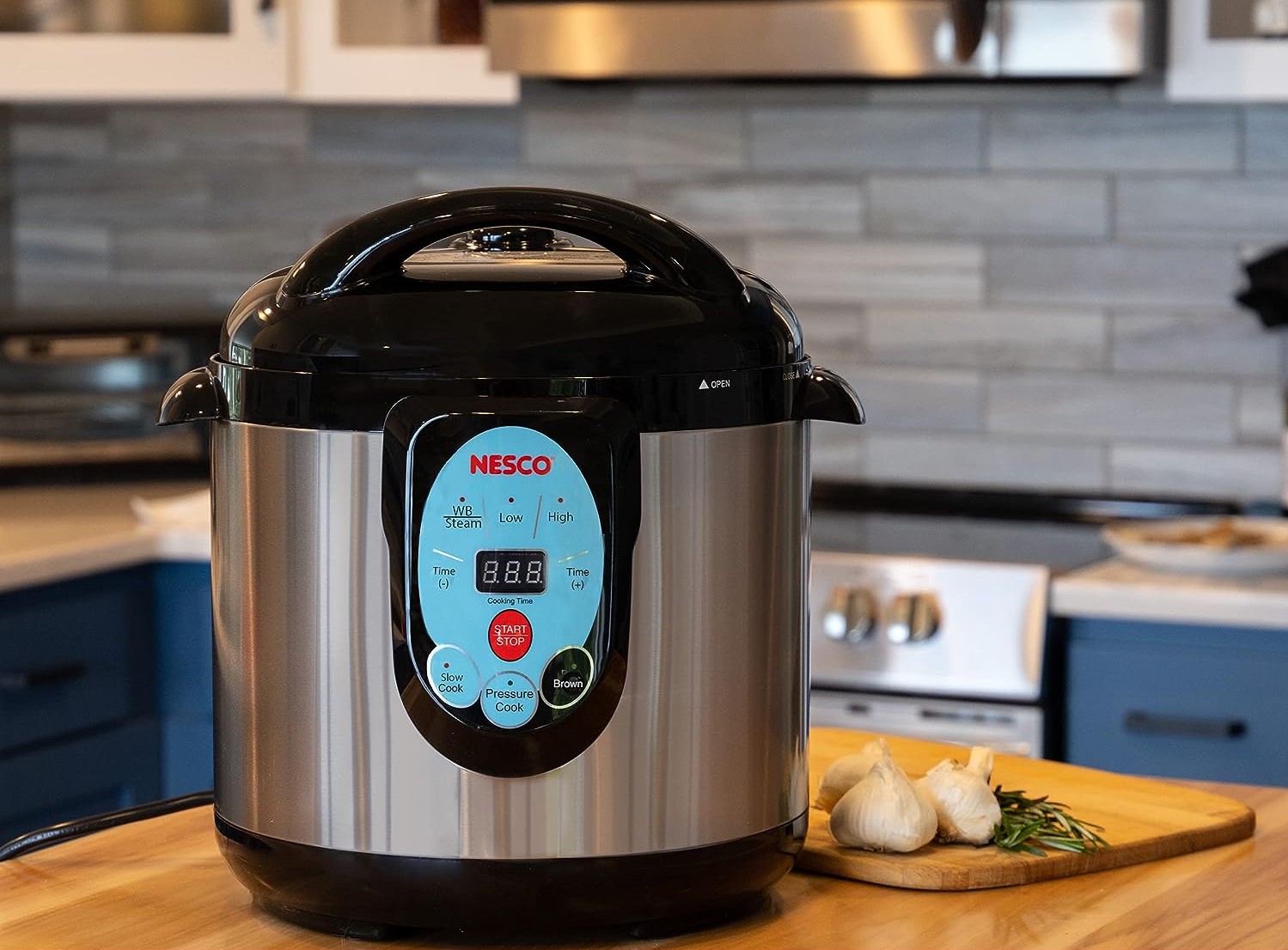
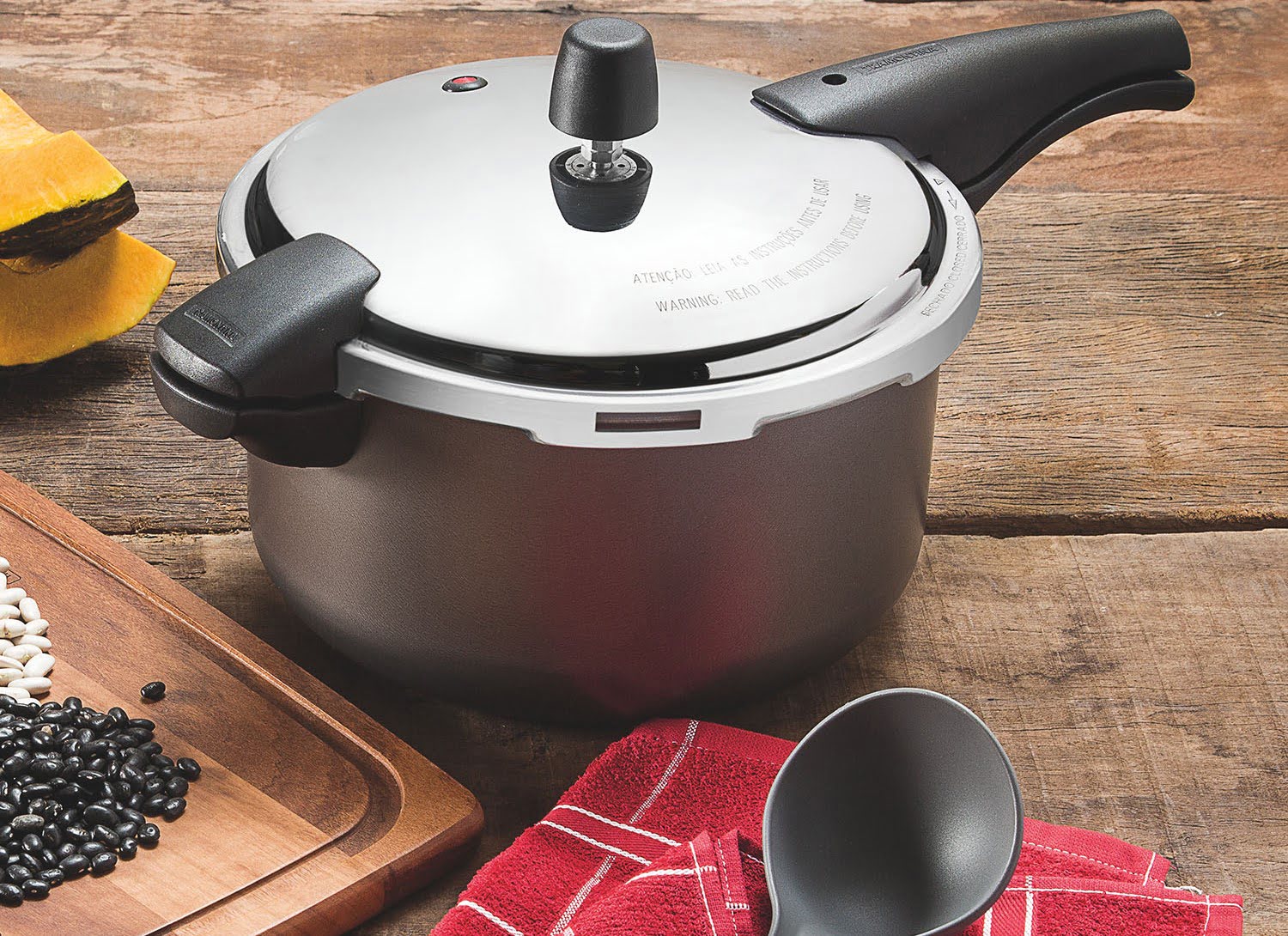
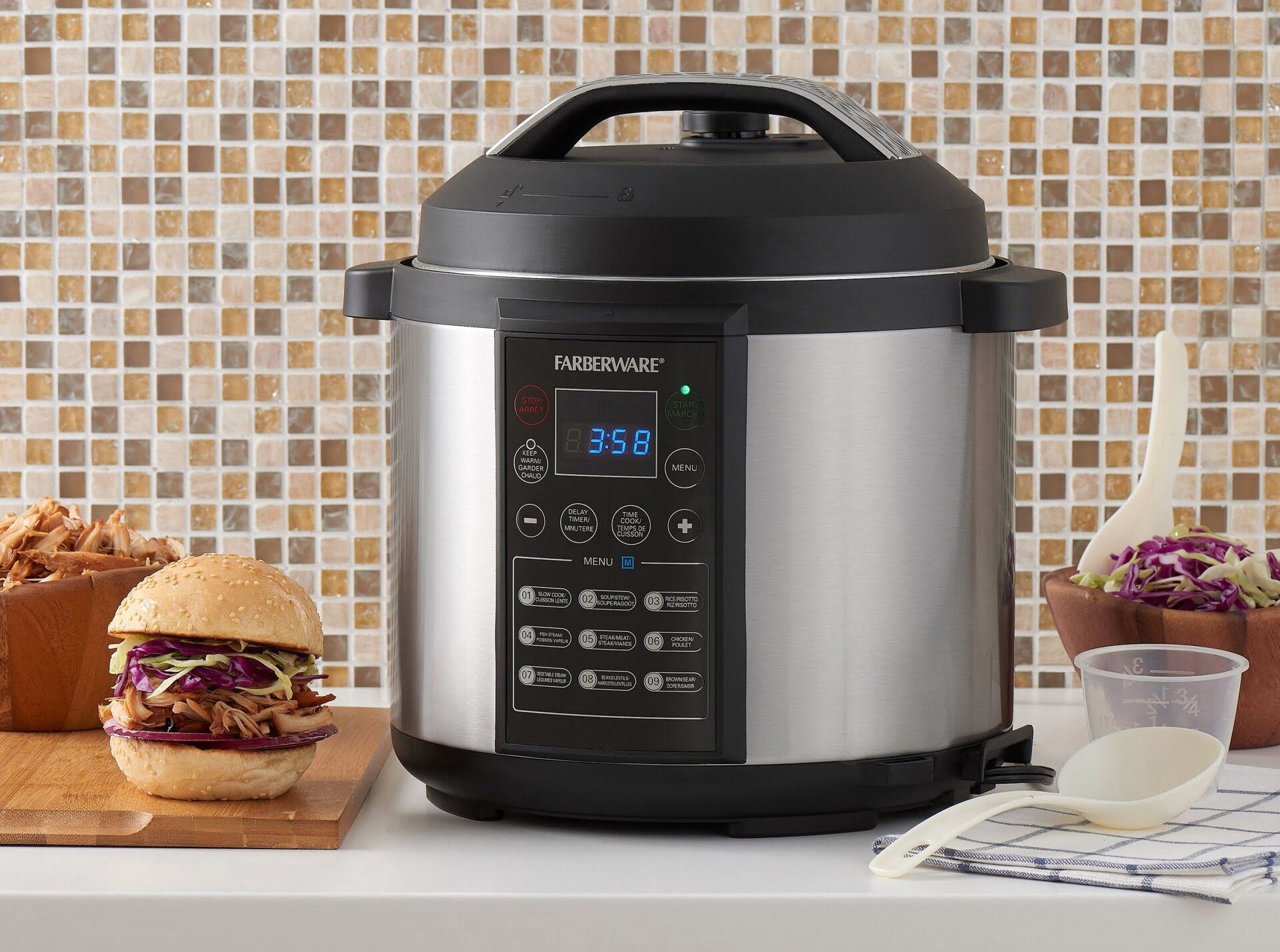
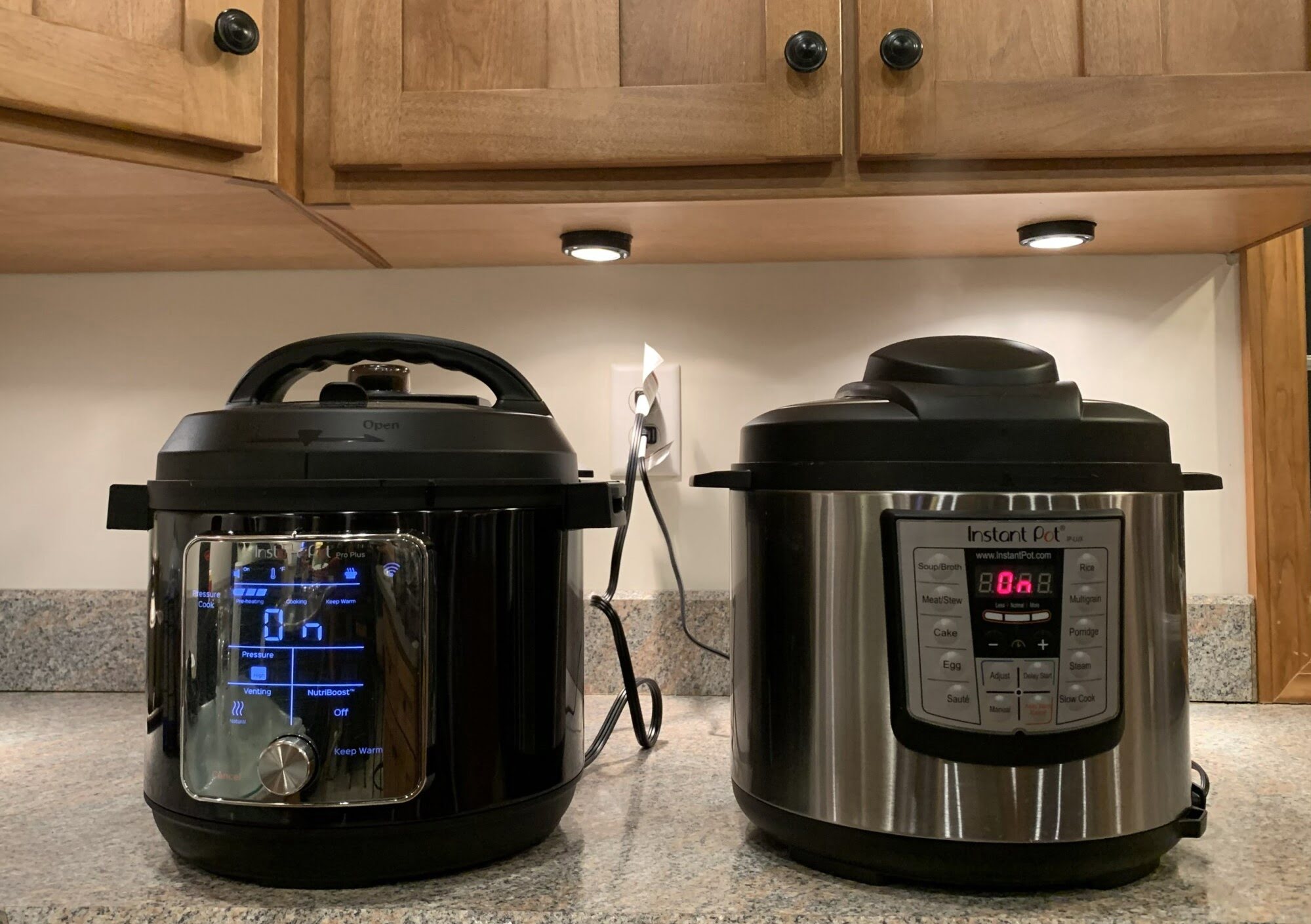
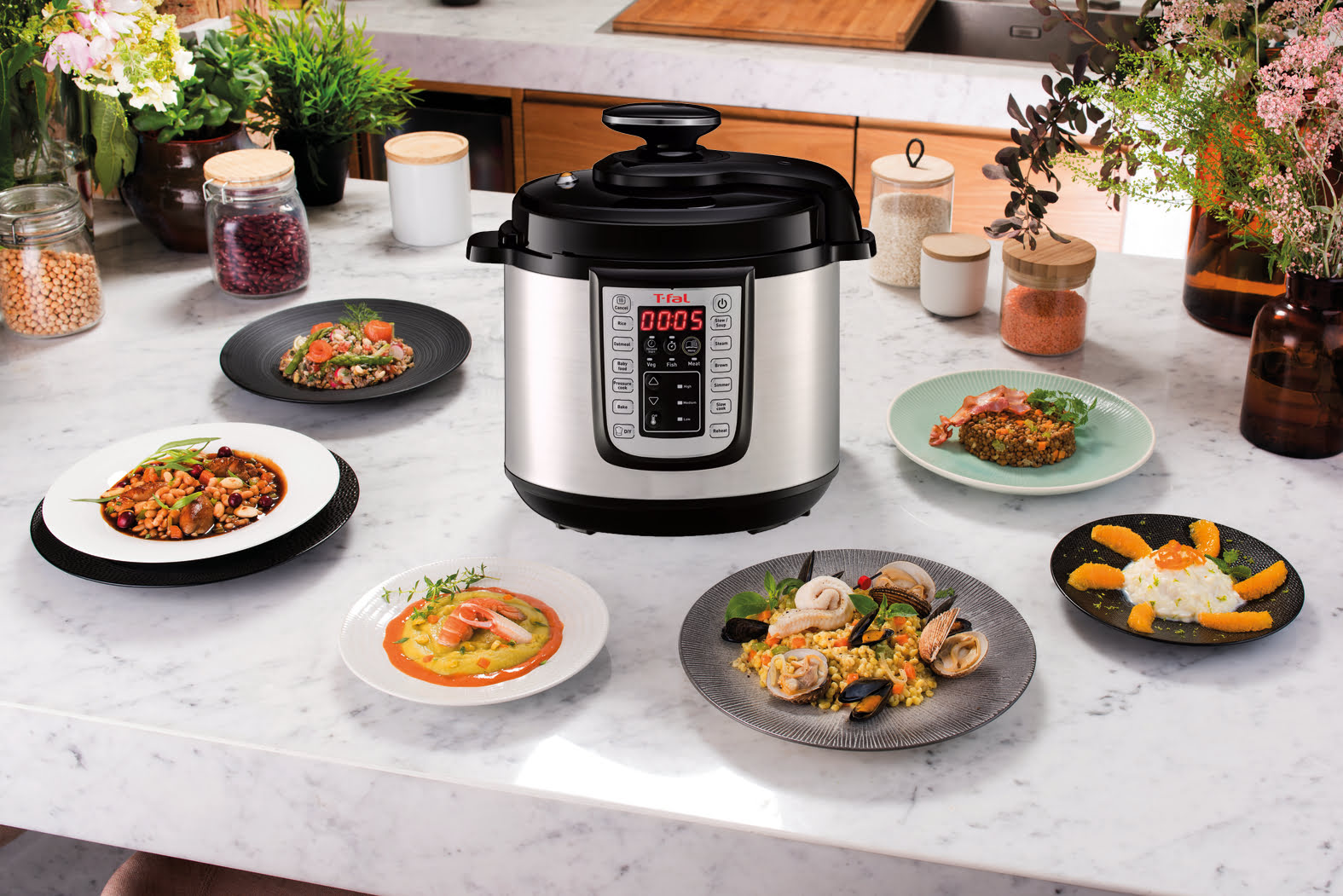
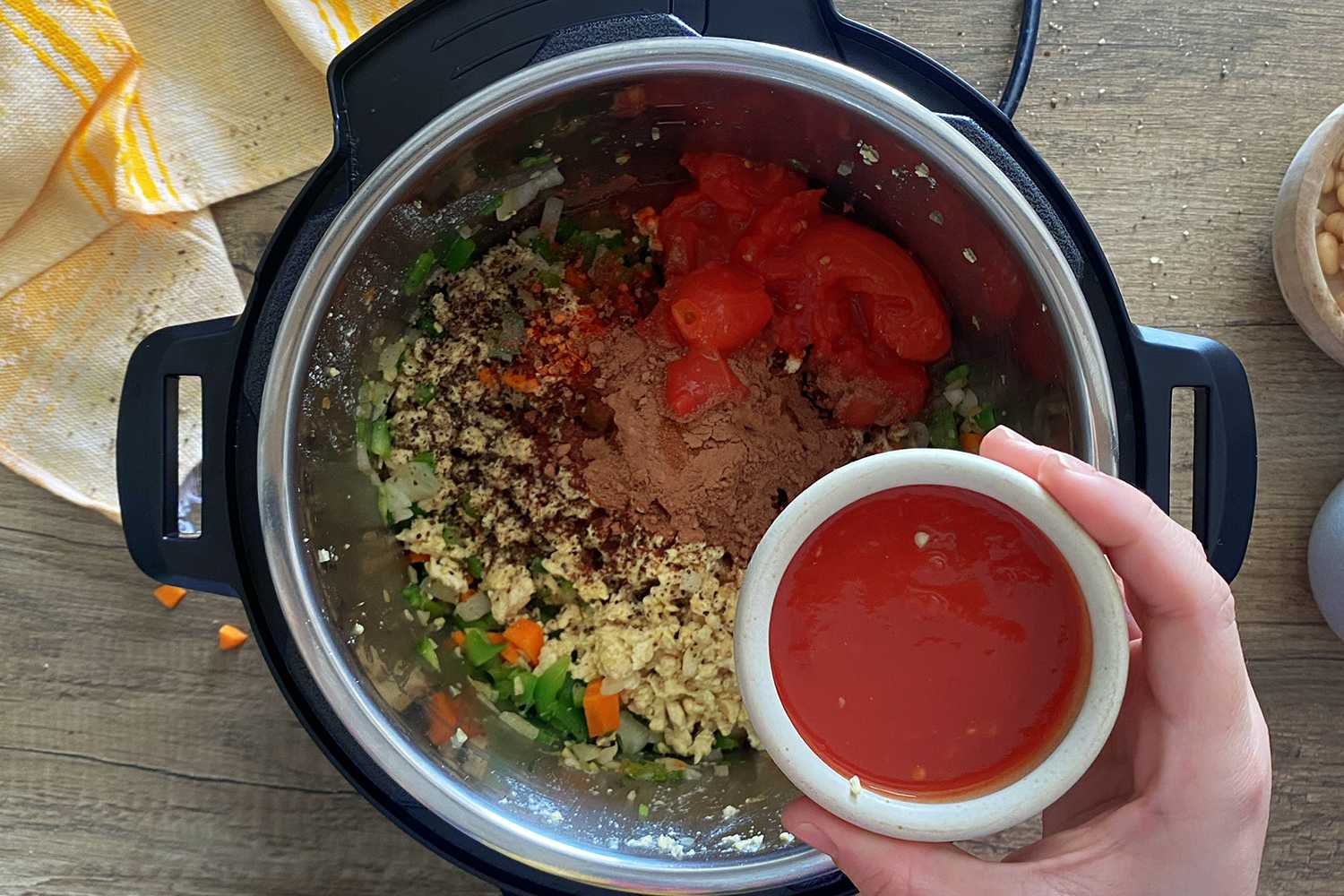
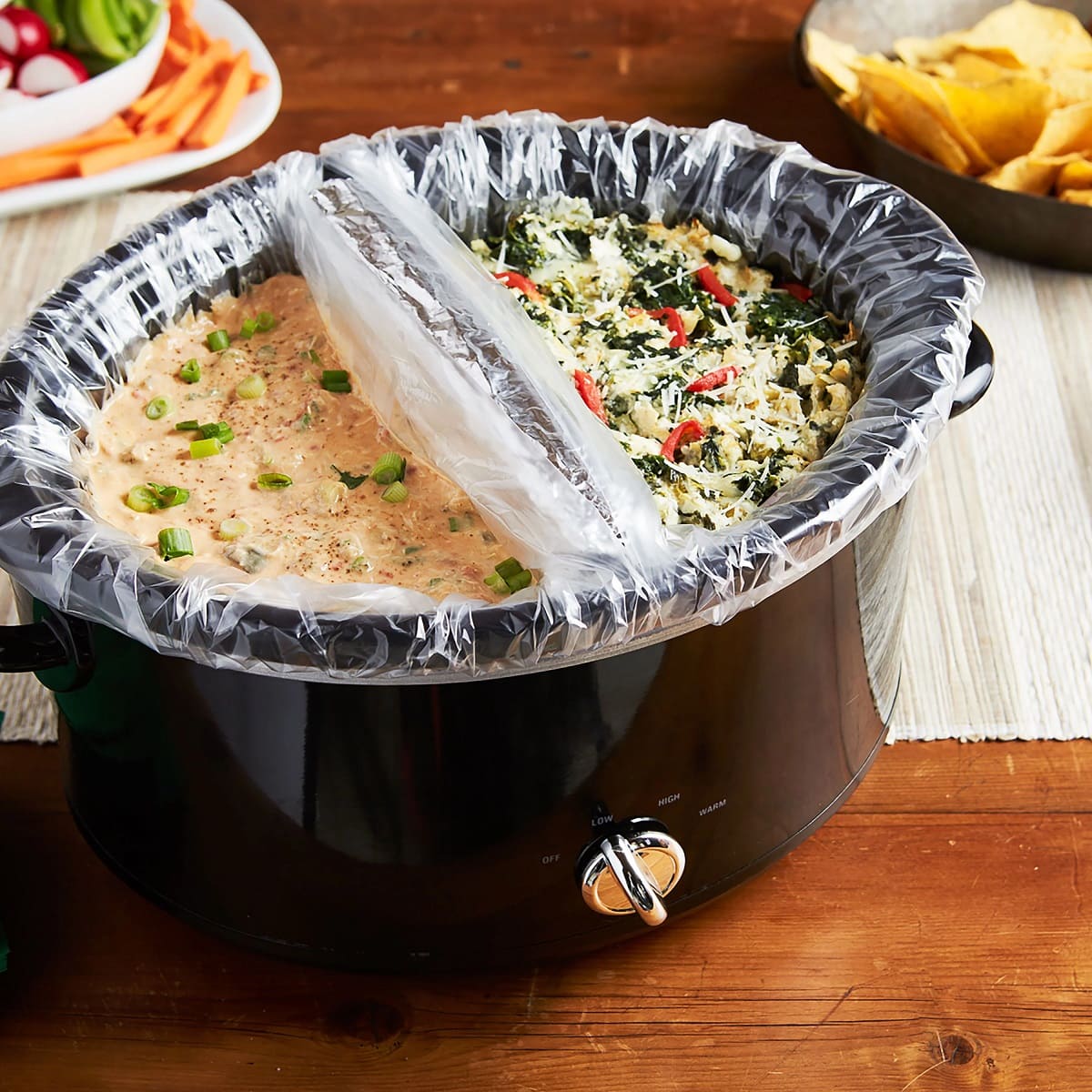
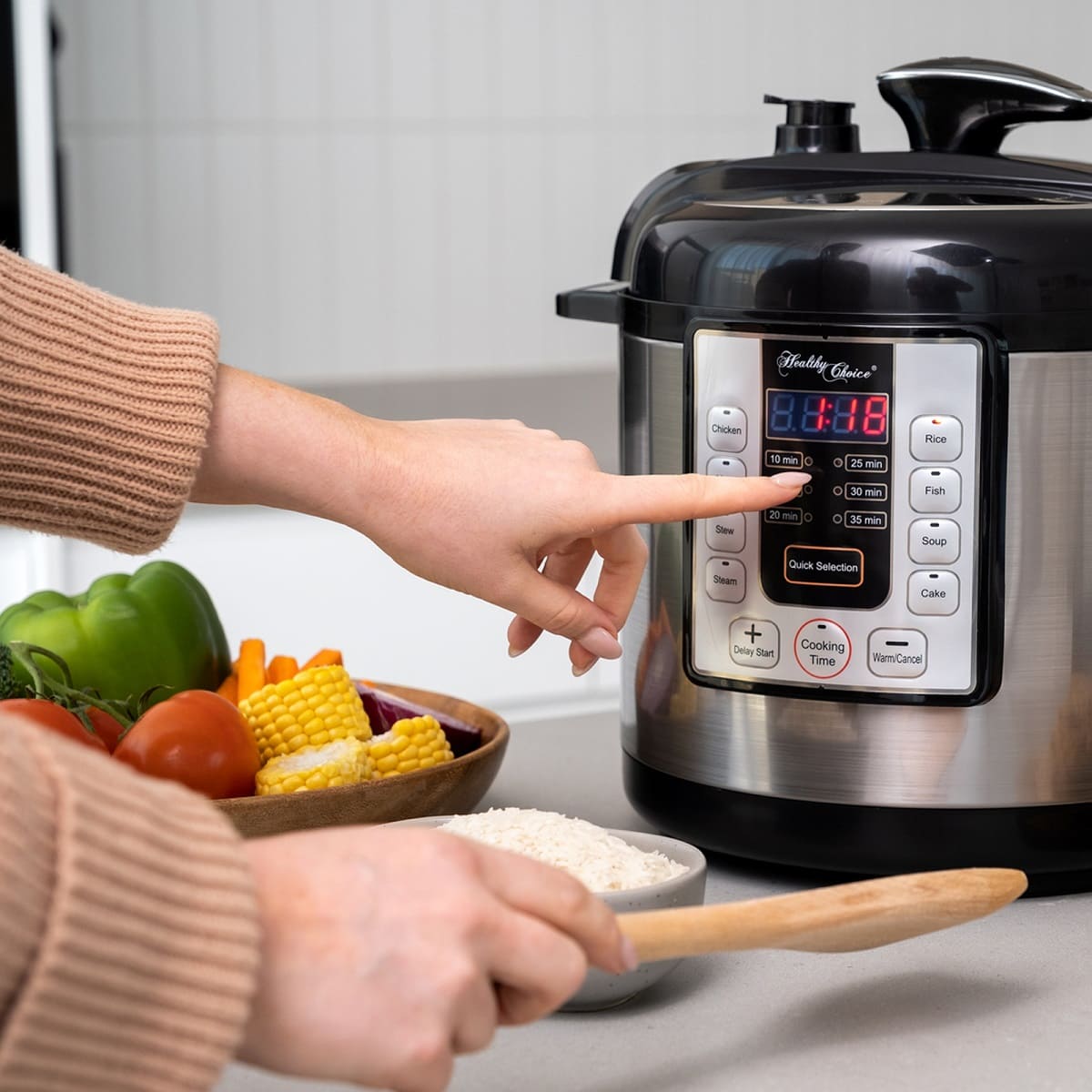
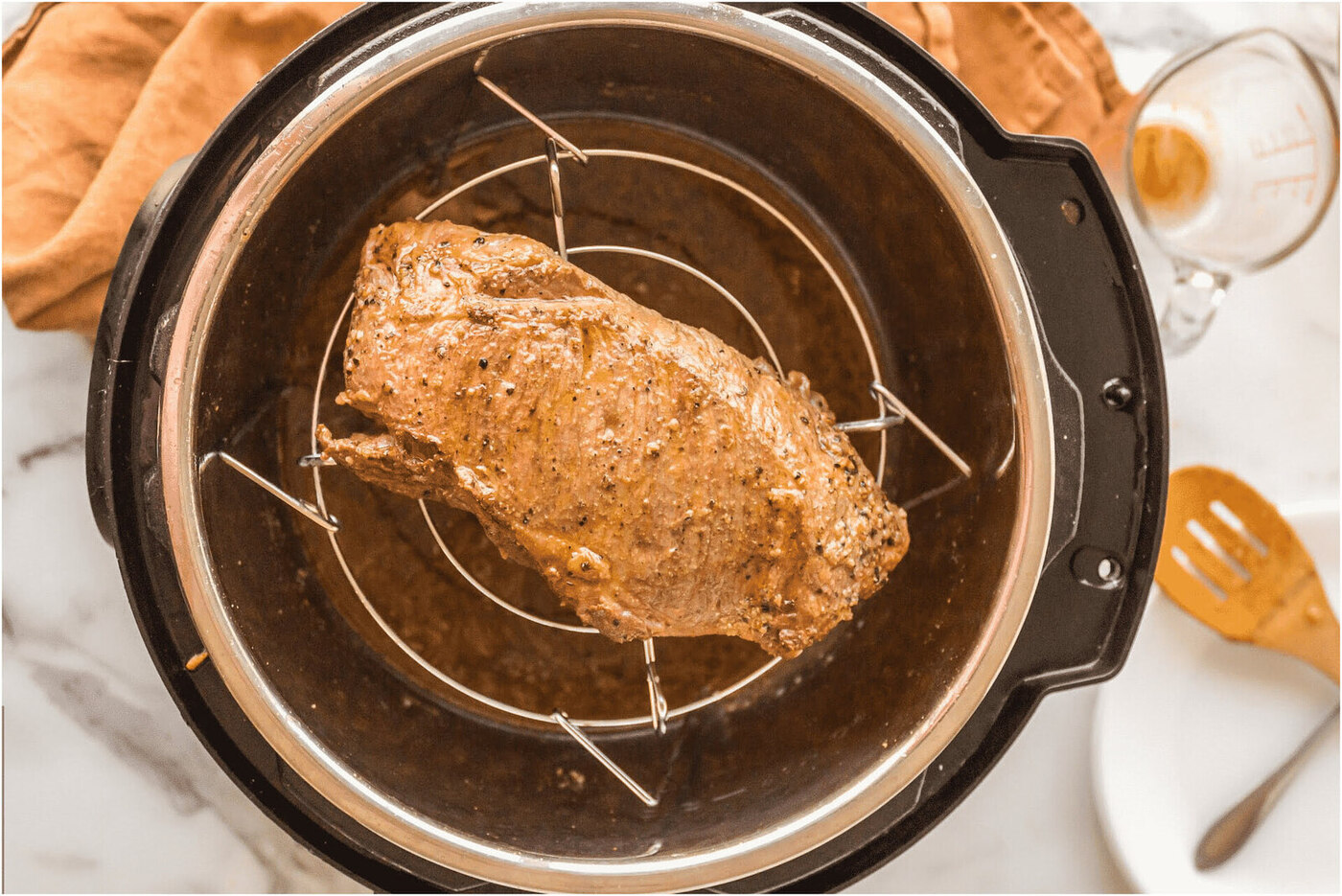
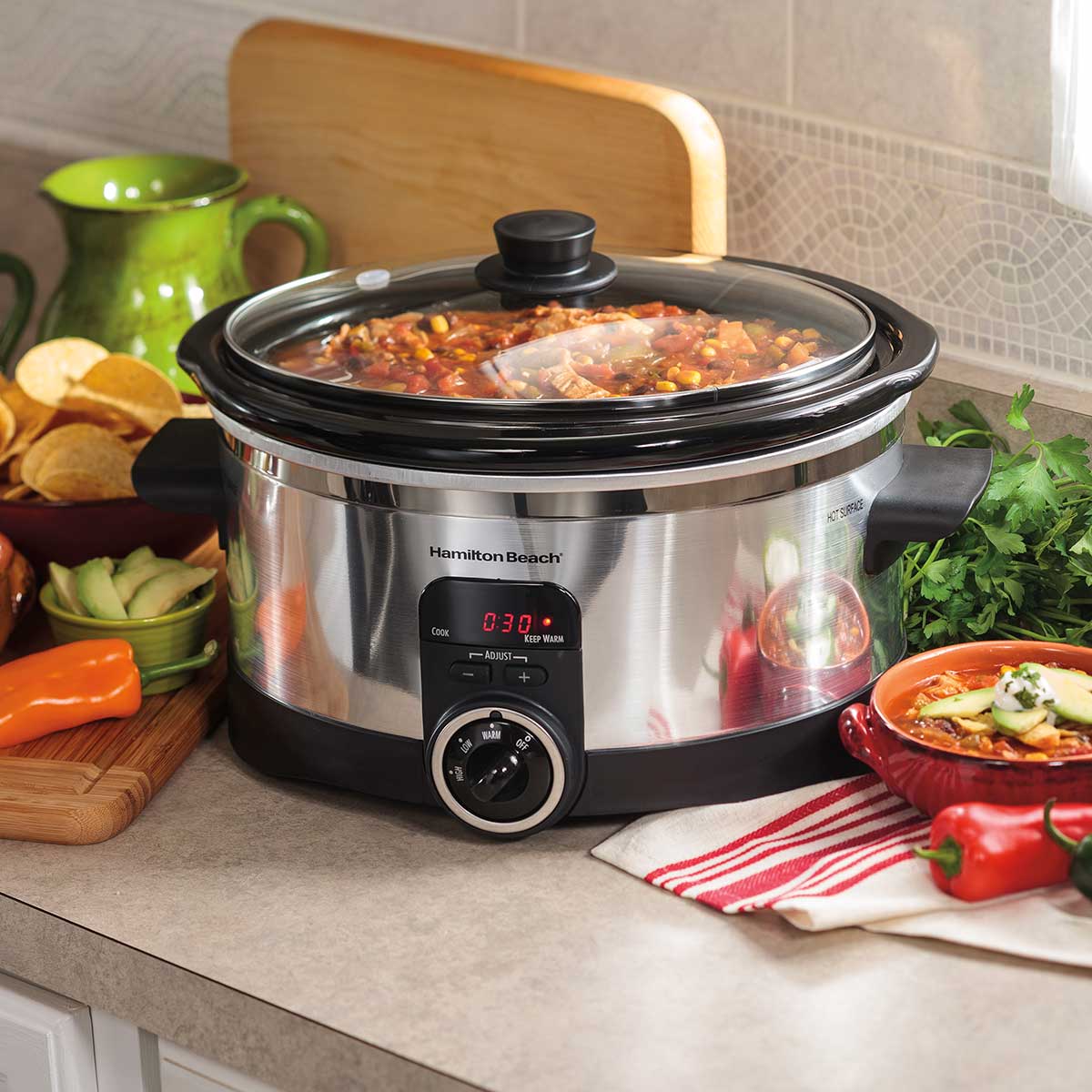
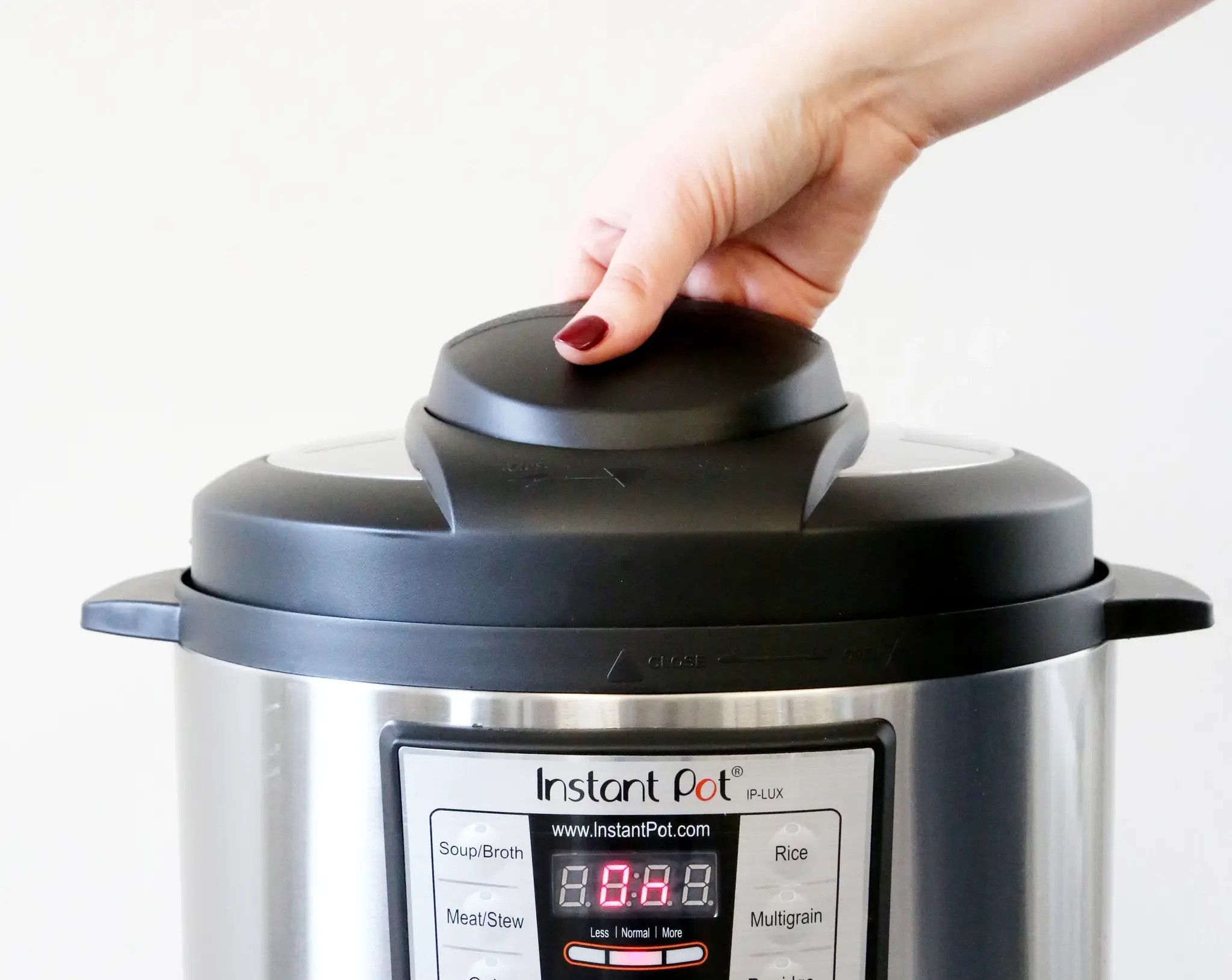
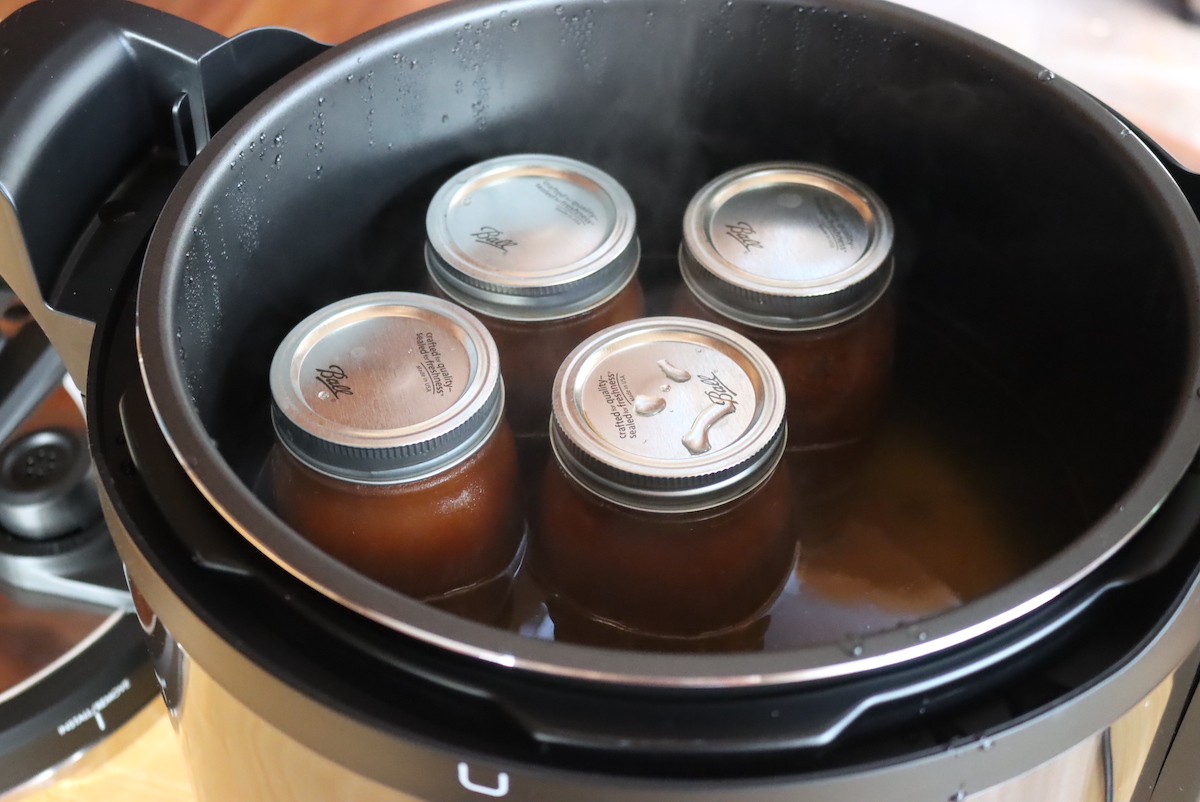
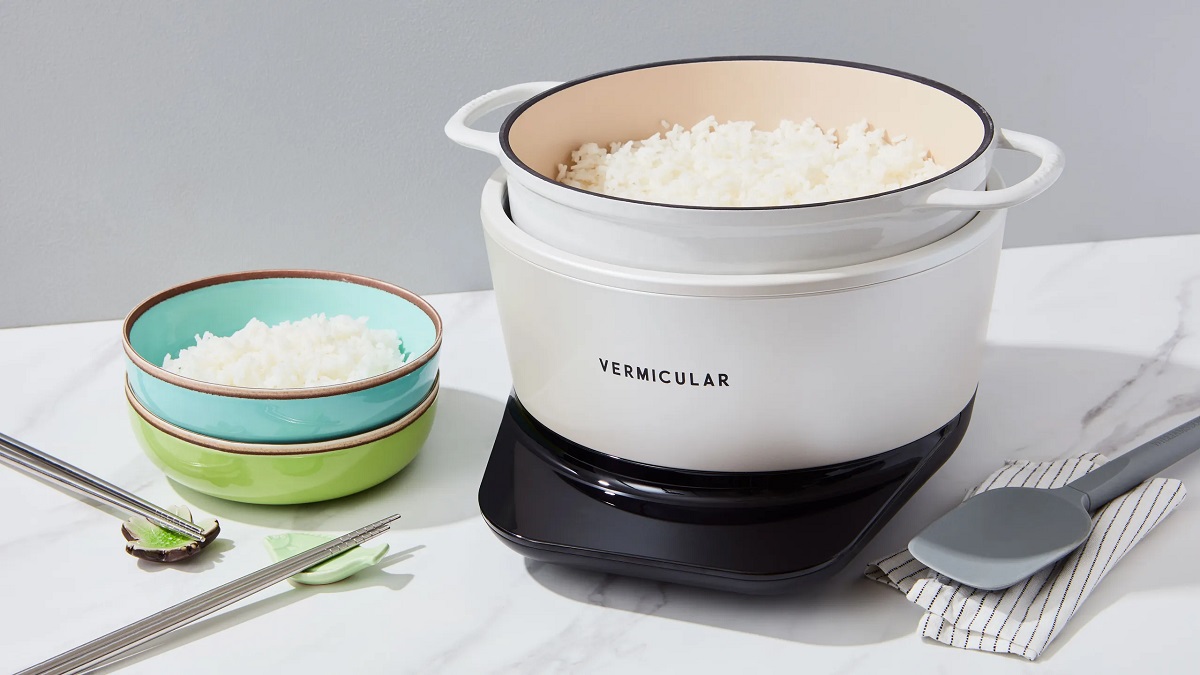
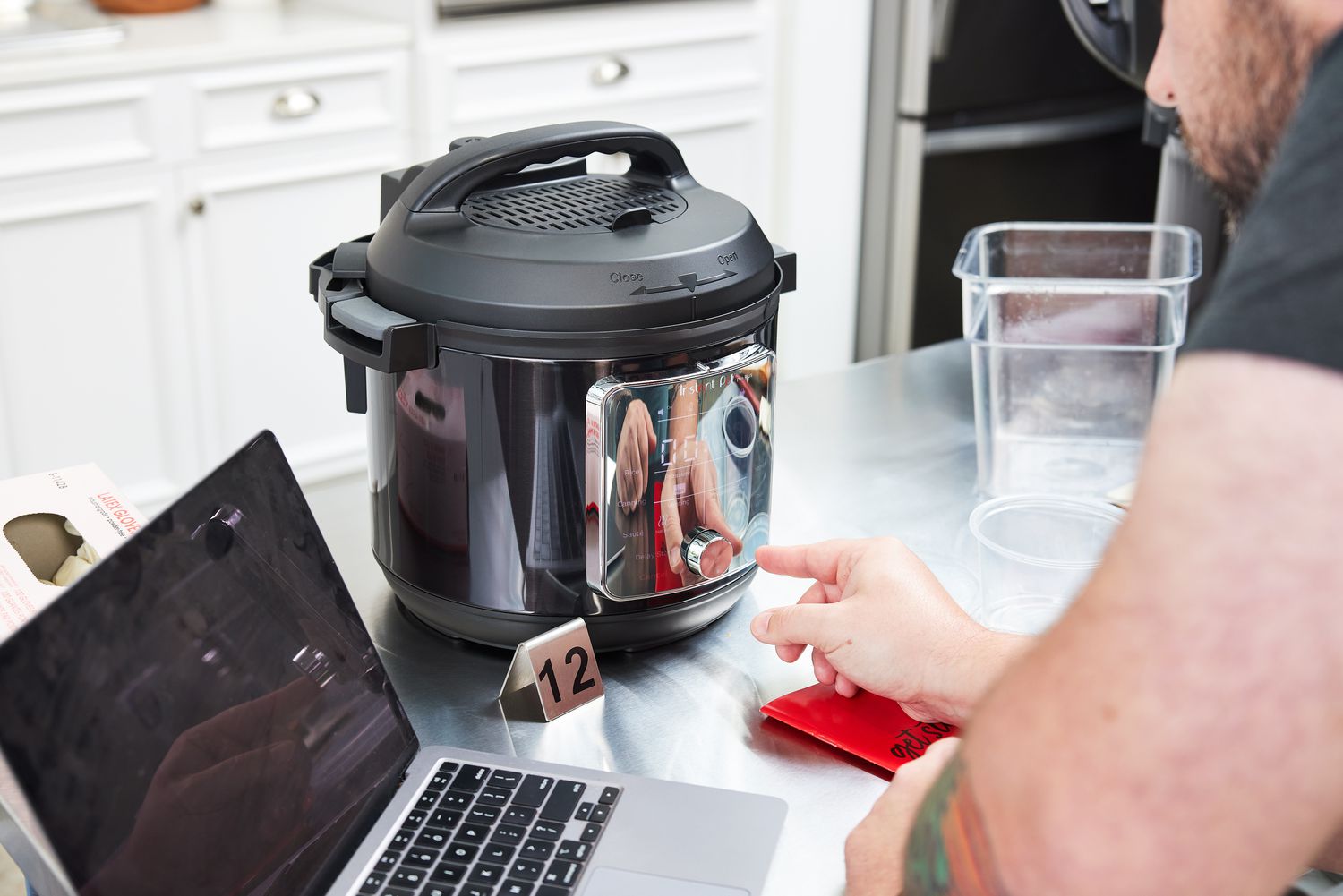

0 thoughts on “How To Use An Electric Pressure Cooker As A Slow Cooker”